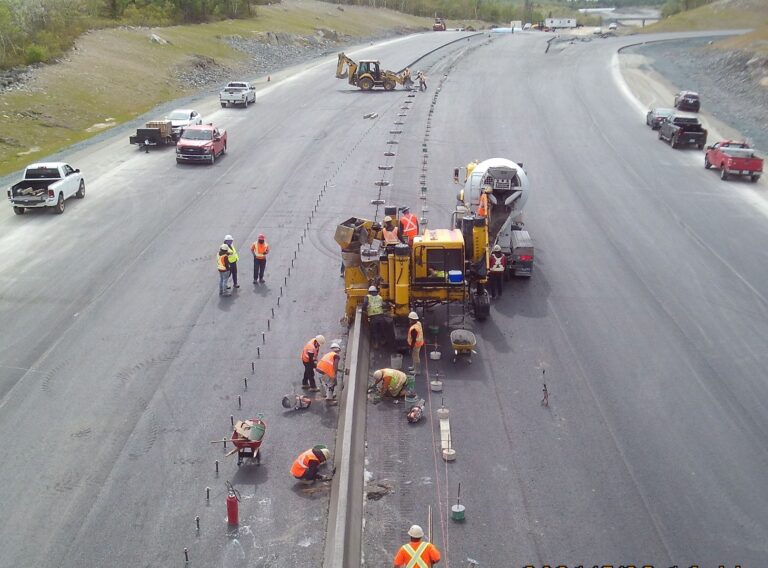The City of Ottawa held a ceremony officially commemorating the naming of the Chief William Commanda Bridge.
William Commanda served as Chief of the Kitigan Zibi Anishinabeg First Nation from 1951 to 1970. He was an Algonquin Elder, spiritual leader, promoter of environmental stewardship and a great bridge builder between nations. In his life, he worked as a guide, a trapper and woodsman, and was a skilled craftsman and artisan who excelled at constructing birch bark canoes. In 2008, Chief Commanda was awarded the Order of Canada for his dedication and outstanding service to his people.
“In the beginning, this bridge unfortunately served as a corridor to extract and transport natural resources from the land of the Algonquins. That reality is part of Canada’s dark colonial past – one that we must recognize in order to engage in meaningful reconciliation with our Indigenous partners. I am happy to officially unveil this plaque and pay tribute to Chief William Commanda, who was a great bridge builder between nations,” said Ottawa Mayor Jim Watson.
The official unveiling of the commemorative naming plaques represents a significant milestone for the Chief William Commanda Bridge multi-use pathway (MUP) and rehabilitation project. The plaques – one at either end of the bridge – will be installed in spring 2023 as part of the work to finish the MUP portion of the project, which is expected to be completed and operational in spring 2023.
“Today’s commemoration of the Chief William Commanda Bridge is an important reminder that recognition, rights, respect and cooperation are the basis of partnership and friendship with Indigenous peoples. By naming important community places after inspiring individuals like Chief William Commanda, we demonstrate our willingness to make positive change that unites communities and helps to heal the injustices of the past. This bridge will support a path between provinces and a path between nations – a path of reconciliation,” said Yasir Naqvi, Minister of Emergency Preparedness and MP for Ottawa Centre.
Project background
- In fall 2021, the City began construction on the Chief William Commanda Bridge multi-use pathway and rehabilitation project.
- The project consists of the construction of a MUP across the existing, out-of-service Chief William Commanda Bridge and the rehabilitation of the substructure of the bridge such as pier work and stone masonry repairs/repointing on abutments.
- The MUP will connect to the City of Ottawa’s Trillium Pathway to the south and the NCC Voyageurs’ Pathway in Gatineau to the north.
- The construction of this new MUP will improve active transportation between Ottawa and Gatineau and will serve as an interprovincial link for cycling commuters, recreational users and pedestrians.
- The scope of work will include:
- The construction of a new timber deck on top of the existing rail track ties
- Installation of steel cable railing system
- New lighting through the pathway corridor
- The construction of three new MUP segments linking the south approach of the bridge to the City of Ottawa’s Trillium Pathway, linking the north and south bridge structures across Lemieux Island, and linking the north approach to the NCC Voyageurs’ Pathway in Gatineau
- Installation of new park benches
- Rehabilitation of bridge’s superstructure and substructure components to ensure safety and accessibility for all users
- The total estimated project budget (for both the MUP and the substructure rehabilitation work) is $22.6 million, with approximately $14 million from the City of Ottawa and approximately $8.6 million from the Government of Canada through the Investing in Canada Infrastructure Program (ICIP) Public Transit Infrastructure Stream (PTIS).
- The MUP will be put in service upon completion of the upper bridge works and will be safe for use. The remainder of the rehabilitation work is expected to be completed by the end of 2023 with minimal disruption to bridge users. Final clean up work will be completed by summer 2024.
Featured image: (City of Ottawa)











